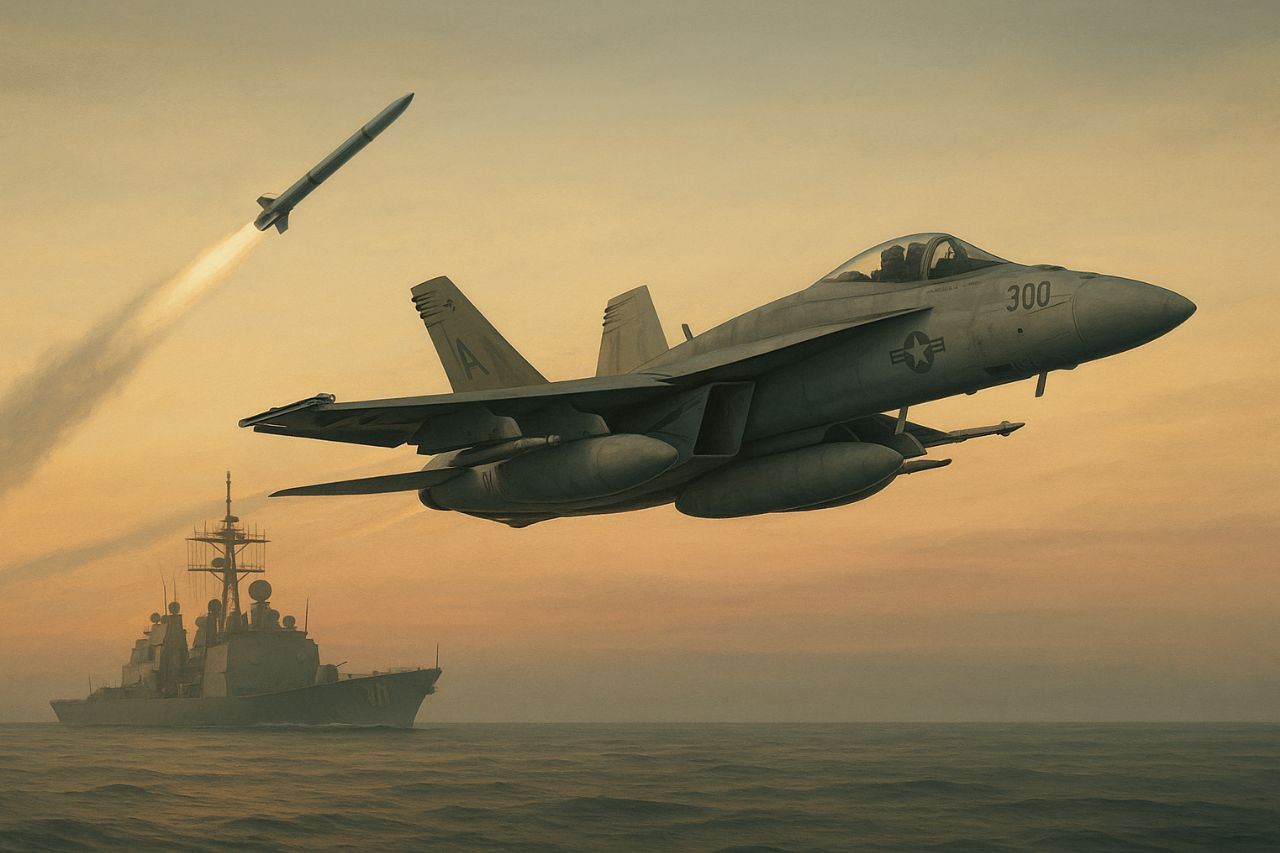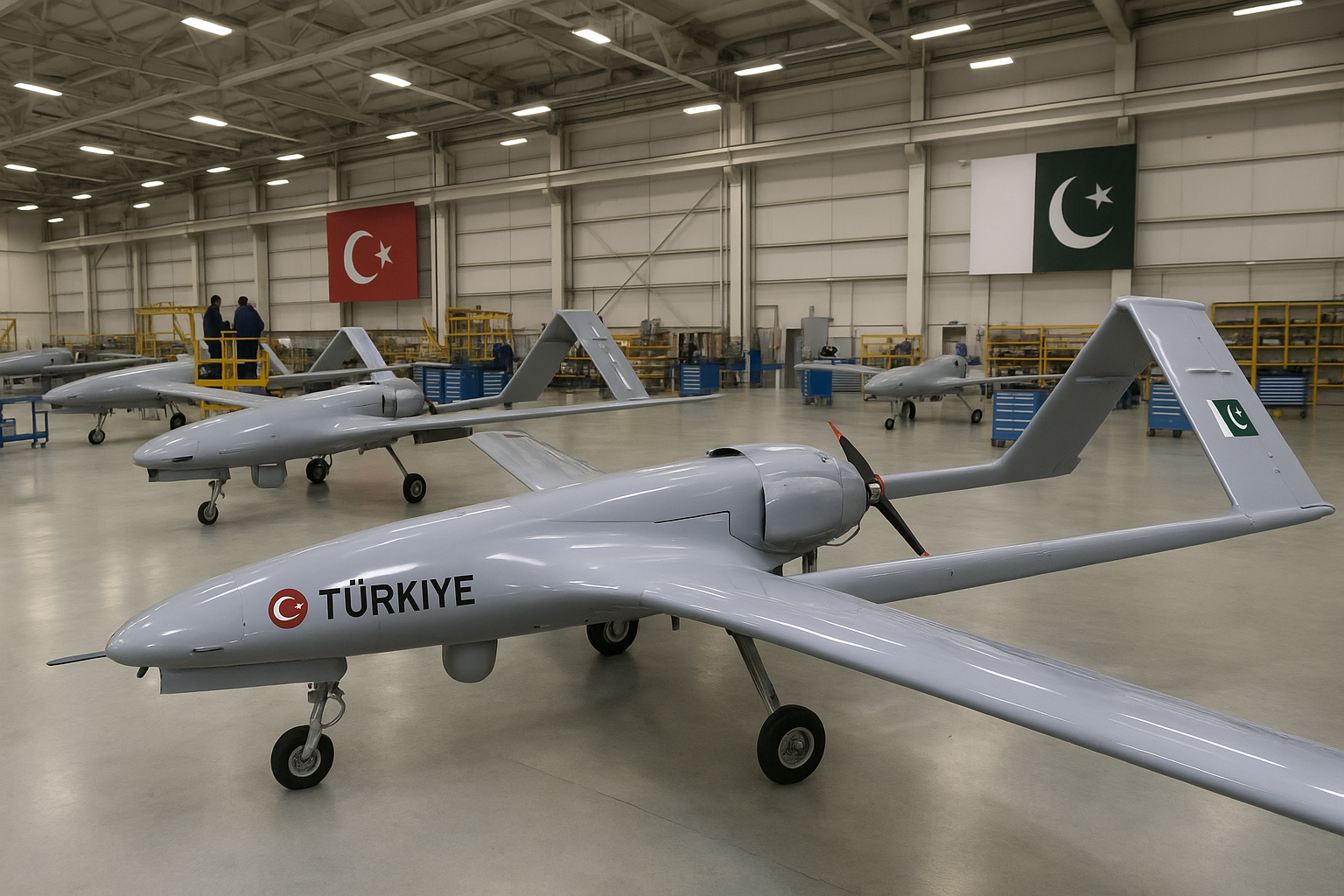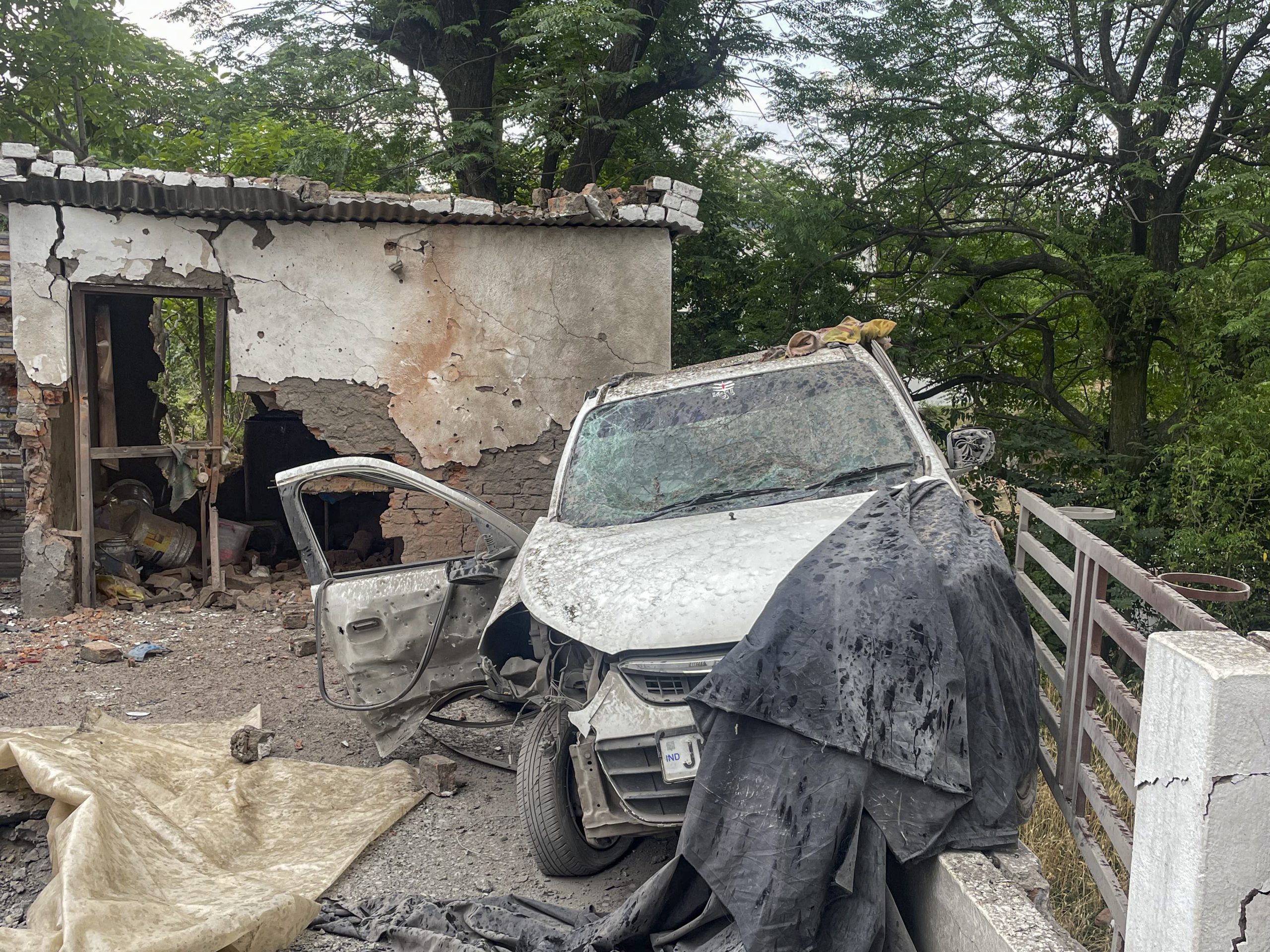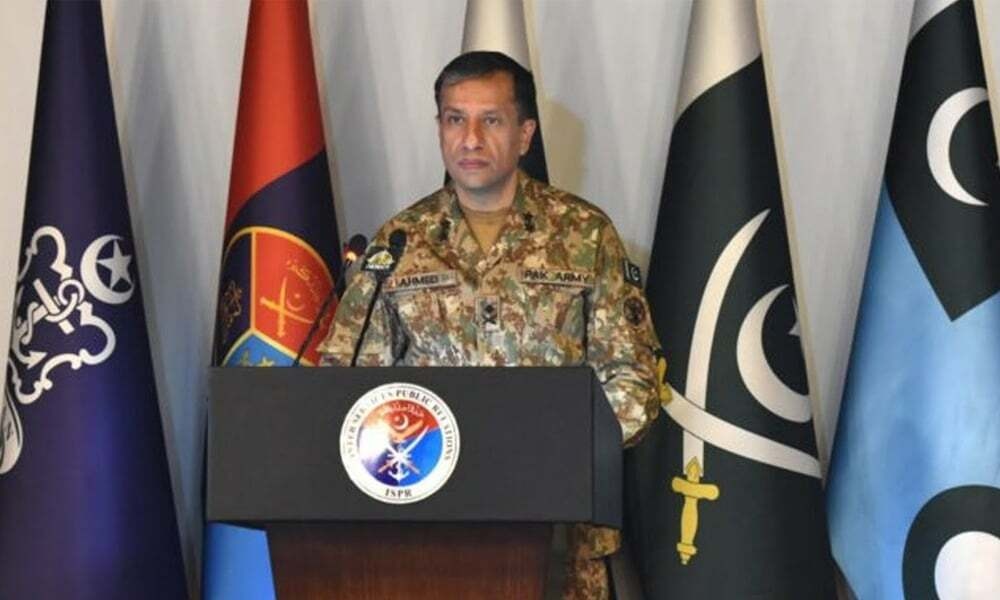Indian Army’s Operation Rahat: How Soldiers Stepped In During Punjab and Kashmir Floods, Rescued Thousands

The Indian Army has rescued over 5,500 civilians and 300 personnel of paramilitary forces so far. Image courtesy: X.com/@VajraCorps_IA
Several North Indian regions have been affected by heavy floods caused by intense rains. From Jammu to Punjab, floods have left thousands stranded and without a roof. Heavy monsoon rains on September 4, 2025 caused the Jhelum River to swell dangerously, leading to flood-like conditions in Punjab and Jammu & Kashmir.
The rising waters threatened villages such as Zenipora in Pampore, forcing urgent evacuation measures. Along with the rescue and relief operation, soldiers are distributing rations, rescuing stranded villagers, and setting up medical camps to treat those affected by the rising waters.
Indian Army teams are braving flooded areas to reach villages and provide essential supplies.
Jammu, Punjab floods: How is Army coordinating relief efforts on the ground?
Troops from the Golden Arrow Division and Chinar Corps joined hands with civilians, the National Disaster Response Force (NDRF), and local administration. Together, they mobilized boats, distributed relief materials, and deployed medical teams to flood-hit areas under continuous rainfall.
Several families were swiftly evacuated from inundated areas to safer shelters. On-site, the Army and disaster response teams ensured distribution of food, drinking water, and medical aid, preventing casualties despite worsening weather conditions.
Operation Rahat: Why is it being seen as a Model Relief Mission?
The joint operation successfully prevented large-scale flooding and safeguarded lives and property. The Army described the mission as a symbol of courage, unity, and the enduring bond between soldiers and citizens during times of crisis.
Operation Rahat once again underlined the Indian Army’s dual role of protecting the nation’s frontiers and supporting citizens during natural disasters. The swift action in Punjab and Kashmir showcased the Army’s preparedness and its seamless integration with local communities when disaster strikes.
How many people have been rescued so far?
NDRF Sub-Inspector Rekh Singh Meena revealed that more than 1,500 villagers have been rescued since August 27, 2025 in Fazilka alone. Relief materials are being provided, and district officials continue to urge people to move to safer zones to avoid further risk.
Latest estimates suggest that over 5,500 civilians and 300 paramilitary personnel have been rescued so far. On the other hand, more than 3,000 civilians have received medical aid, and over 27 tons of ration and essential supplies have been delivered to affected communities.
What is the overall impact of the Punjab floods?
The devastating floods in Punjab have killed around 40 people and impacted 1,655 villages. Gurdaspur is reported to be the worst-hit district, with thousands of families displaced and farmlands destroyed.
Rajya Sabha MP Vikramjit Singh Sahney has committed Rs 5 crore towards flood relief. The funds, drawn from his MPLAD allocation and personal philanthropy, will support the procurement of advanced boats for rescue operations, modern machinery for river desilting, and construction of protective embankments to prevent future flooding.
Meanwhile, the 4 Rashtriya Rifles unit of the Army in Bhaderwah responded to villagers cut off after a cloudburst and flash floods by constructing a makeshift wooden footbridge in less than 18 hours to restore connectivity in the affected areas. The floods struck Beja village earlier this week and washed away vital roads.
With their only link roads destroyed, villagers risked crossing the swollen river on foot to access food, medicines, and other essentials.







